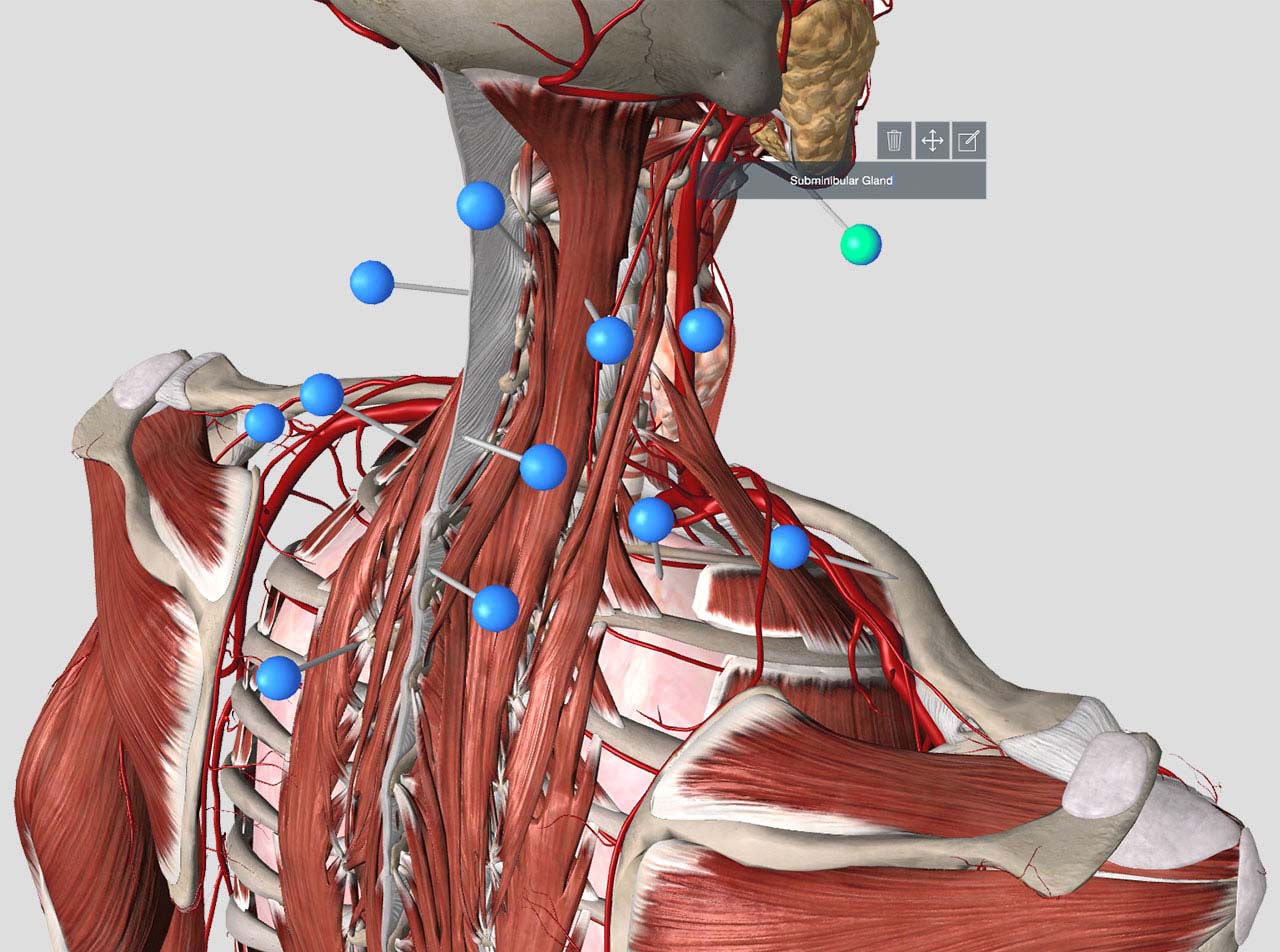

- #DIFFERENCE BETWEEN ESSENTIAL ANATOMY 5 APP FOR WINDOWS HOW TO#
- #DIFFERENCE BETWEEN ESSENTIAL ANATOMY 5 APP FOR WINDOWS OFFLINE#
- #DIFFERENCE BETWEEN ESSENTIAL ANATOMY 5 APP FOR WINDOWS WINDOWS#
The BindingSource component represents a connection to a data source, and exposes methods for binding data to controls, navigating to the previous and next records, editing records, and saving changes back to the original source.
#DIFFERENCE BETWEEN ESSENTIAL ANATOMY 5 APP FOR WINDOWS WINDOWS#
When you use DataGridView, you can customize the appearance of individual cells, lock arbitrary rows and columns in place, and display complex controls inside cells, among other features.Ĭonnecting to data sources over a network is a simple task with Windows Forms. Windows Forms provides a flexible control that is named the DataGridView control for displaying such tabular data in a traditional row and column format, so that every piece of data occupies its own cell. Many apps must display data from a database, XML or JSON file, web service, or other data source.
#DIFFERENCE BETWEEN ESSENTIAL ANATOMY 5 APP FOR WINDOWS HOW TO#
Create forms and controlsįor step-by-step information about how to use these features, see the following Help topics. You can use the FlowLayoutPanel, TableLayoutPanel, and SplitContainer controls to create advanced form layouts in less time.įinally, if you must create your own custom UI elements, the System.Drawing namespace contains a large selection of classes to render lines, circles, and other shapes directly on a form. The designer provides tools such as gridlines and snap lines to take the hassle out of aligning controls. Just select the controls with your cursor and place them where you want on the form. With the drag-and-drop Windows Forms Designer in Visual Studio, you can easily create Windows Forms apps. When you use the ToolStrip and MenuStrip controls, you can create toolbars and menus that contain text and images, display submenus, and host other controls such as text boxes and combo boxes. Windows Forms has rich UI controls that emulate features in high-end apps like Microsoft Office. If an existing control doesn't meet your needs, Windows Forms also supports creating your own custom controls using the UserControl class. Windows Forms contains a variety of controls that you can add to forms: controls that display text boxes, buttons, drop-down boxes, radio buttons, and even webpages. Your app reacts to these events with code, and processes the events when they occur. When a user does something to your form or one of its controls, the action generates an event. A control is a discrete UI element that displays data or accepts data input. You ordinarily build Windows Forms apps by adding controls to forms and developing responses to user actions, such as mouse clicks or key presses. In Windows Forms, a form is a visual surface on which you display information to the user. When you use a development environment like Visual Studio, you can create Windows Forms smart-client apps that display information, request input from users, and communicate with remote computers over a network. NET, a set of managed libraries that simplify common app tasks such as reading and writing to the file system. To learn how to migrate an app, see How to migrate a Windows Forms desktop app to. For more information, see What's new in Windows Forms for. NET 6.0 provides new features and enhancements over. To learn how to create a Windows Forms app, see Tutorial: Create a new WinForms app. Windows Forms apps can access the local hardware and file system of the computer where the app is running.
#DIFFERENCE BETWEEN ESSENTIAL ANATOMY 5 APP FOR WINDOWS OFFLINE#
With Windows Forms, you develop graphically rich apps that are easy to deploy, update, and work while offline or while connected to the internet. Functionality such as drag-and-drop placement of visual controls makes it easy to build desktop apps. It provides one of the most productive ways to create desktop apps based on the visual designer provided in Visual Studio. Windows Forms is a UI framework for building Windows desktop apps.

NET Framework version of Windows Forms, see Windows Forms for. This Desktop Guide is written for Windows Forms on. This version of Windows Forms is distributed with. NET and is considered a Windows Operating System component. NET Framework 4 is a Windows-only version of. NET Framework 4 implementation that's supported by Visual Studio 2022, Visual Studio 2019, and Visual Studio 2017. NET 6 using Visual Studio 2022 version 17.0. The latest version of Windows Forms is for. The Windows Forms Visual Designer requires, at a minimum, Visual Studio 2019 version 16.8. The open-source implementation hosted on GitHub. There are two implementations of Windows Forms:


 0 kommentar(er)
0 kommentar(er)
